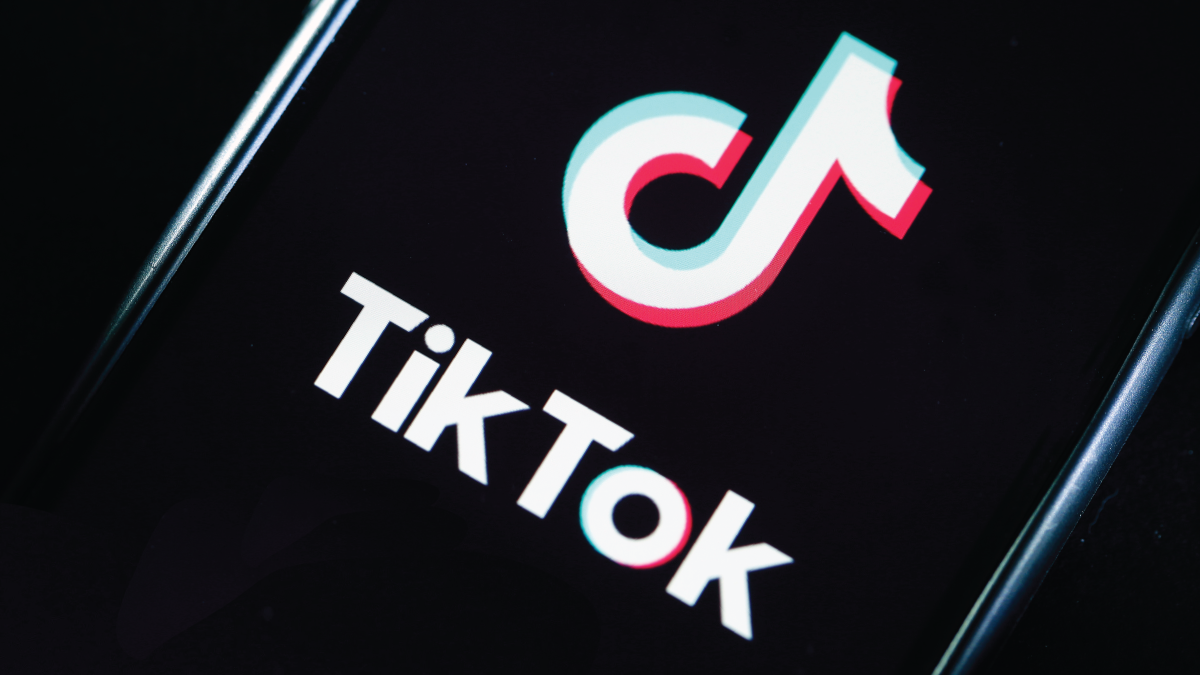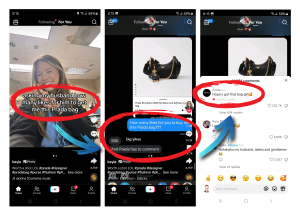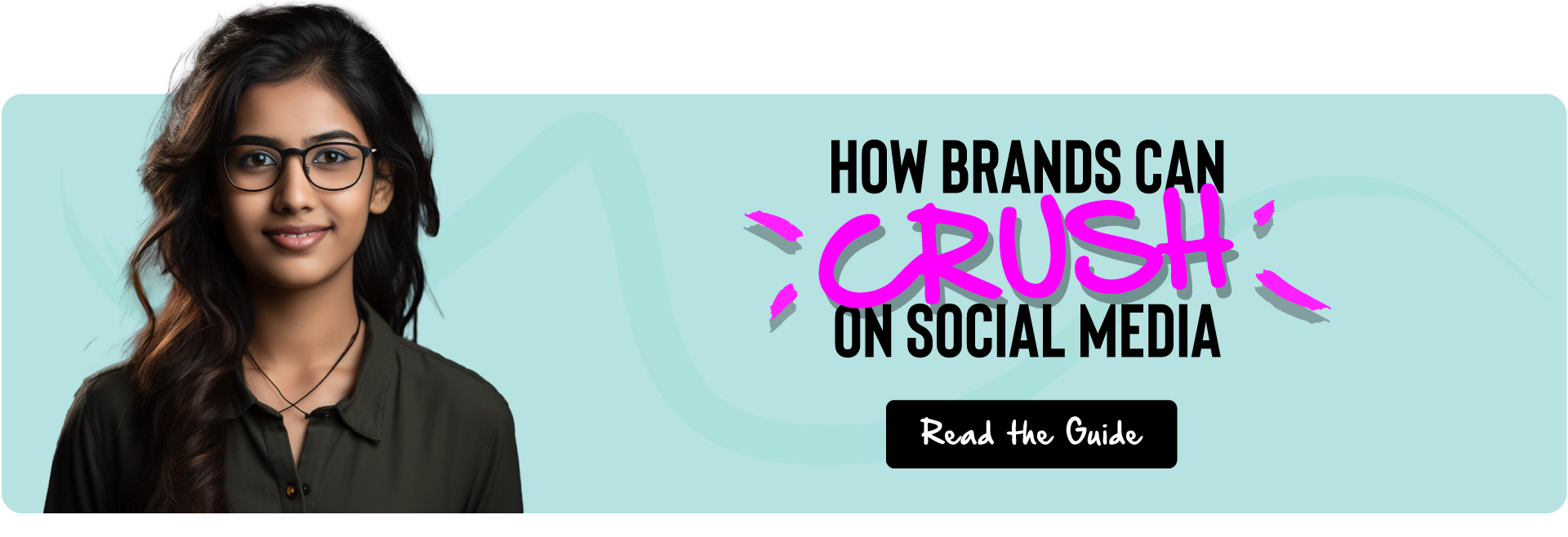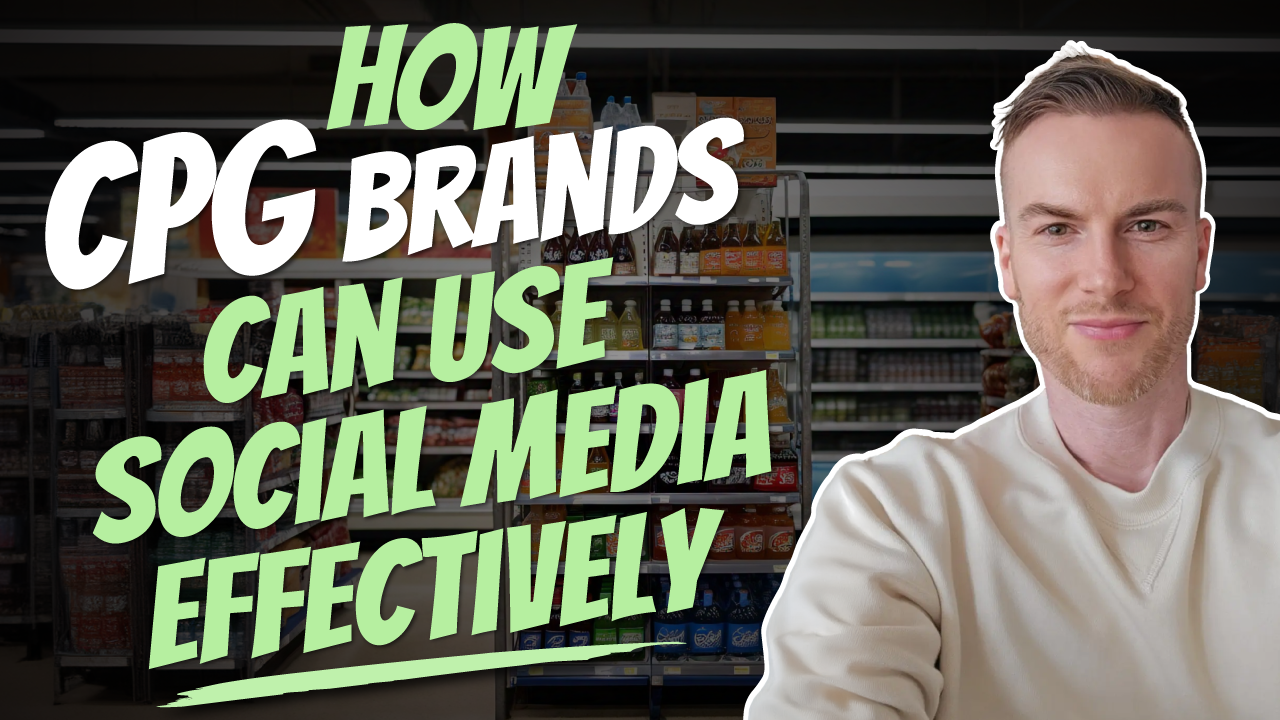
Establishing a robust social media presence is essential for Consumer Packaged Goods (CPG) brands.
A well-crafted social media strategy can not only boost brand awareness but also foster a loyal customer base.
In this post, we explore, the core elements of creating an effective social media strategy tailored for CPG brands, covering everything from content pillars and planning to platform selection and posting strategies.
1. Lead with your Brand
The first step with any social media strategy is to lead with your brand. I like to use the example of Red Bull. If you go to their Instagram page, they never once show ‘can in hand’ or talk about their product. They only post extreme sports / stunts. This is core to who they are.
So you may want to ask – “What is our brand about, or what kinds of content will we post, if we cannot talk about our product?” The answer to this question has to do with branding – what are the core elements, ideas, values, etc. that are unique to your brand? Once you have that identified, you’ll want to create content pillars around those topics, ideas, or values.
Too often companies just post about their product. This isn’t content, these are ads. Nobody goes on social media to look at ads. So 99% of your content should be entertainment / education, and 1% should be about promotion.
Of course, you don’t have to be like Red Bull and never talk about your product, but it’s something to consider.

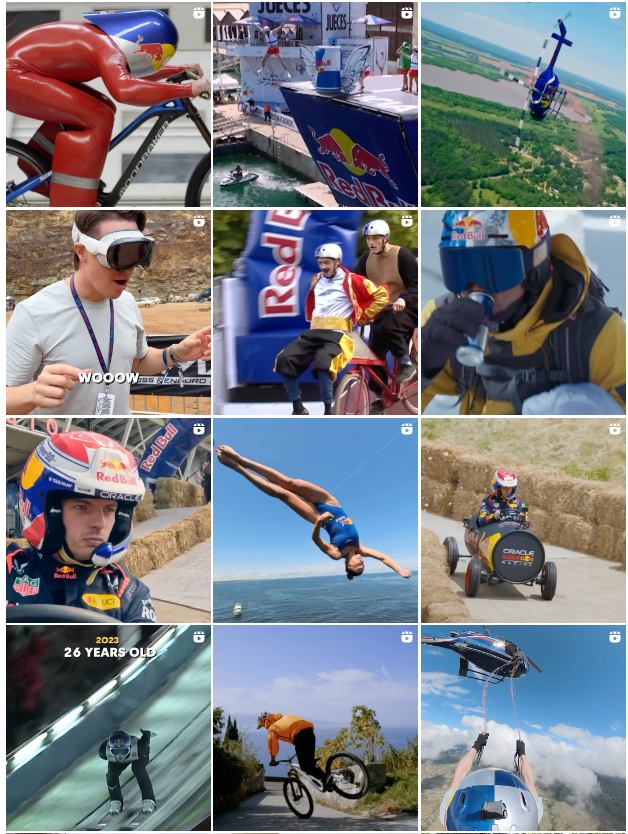
How should we define our goals?
You may be wondering why I didn’t start with, “Define your goals”, and that’s because I don’t believe everything worthwhile can, or should be, measured. Sure, you can look to see if your audience is engaging with your content and adjust accordingly, but social media marketing should not be tied to website traffic or revenue goals. Social media marketing is brand building, not sales.
It’s also worth stating that growing a channel organically is VERY difficult. I look at it as a lottery. You need to post good content, consistently, over time, and even then, that may not be enough. But if you’re not popping off, it may be that at least one of those things are missing.
There doesn’t seem to be a clear reason why some channels become popular and others don’t. I’ve seen awesome creators not get much traction, and people making weird faces get millions of views. The best way to circumvent all this may be to promote your posts, do follow for follow, do collabs, do contests where following, liking, engaging is part of the contest.
Continue Reading: How to Build a TikTok Strategy
Your social media and content strategy should include your content pillars (based on your audience and branding), types of content, posting schedule, and platforms. Plan your content in advance to ensure consistency and relevance. Consider using a framework to organize your content effectively.
No, you do not need to be active on every social media platform since it requires a lot of time and effort, perhaps more than your team can manage. While it may be tempting to simply repost content from platform to platform, it needs to be contextually relevant to each platform, as there are subtle differences. For instance, content that works well on TikTok may not be appropriate for LinkedIn, and vice versa.
T-shaped marketing approach
I would suggest doing a content planning session that follows a T-shaped marketing approach. The top of the T is your content pillars. For a wellness brand, that may be: Nutrition, Health & Well Being, Fitness. The bottom stem of the T is how deep you will go on each topic. These are your content pillars.
Start brainstorming ideas for each pillar. Companies who focus on building a brand win in the long run.
- Related post: The T-Shirt Theory of Branding
- Related post: The Power of Branding: John’s Family Premium Organic Garlic
- Related post: Why You Don’t Want to Run a Business that Relies Solely on Ads
To help with generate content ideas, I would suggest using tools like Search Creator Insights on TikTok, Answer the Public, and doing keyword research. Put all those ideas into a project management tool or spreadsheet, assign a due date, a medium type (single image, text, video, carousel…), assign an owner, assign a platform, organize it by content pillar… and then get to work.
Assume your first 100 videos are going to suck. That’s okay, you need to learn editing, sound quality, framing, lighting, pacing, pattern disruption, etc. Look at your analytics and see which types of content receives the most engagement. Focus on improving your hooks and payoffs (the AIDA model). See what other popular creators in your space are doing and find inspiration in them, but do it your own way. See how they are editing, using hashtags, the hooks they use, etc.
Continue Reading: Need Content Ideas? Try These Websites
2. Embrace Video Content
You may have heard in marketing, “content is king”, but that’s not entirely accurate. Instead, video content is king. This is evident in the rise of short-form video platforms such as TikTok, Facebook & Instagram Reels, YouTube Shorts, and others.
Consider the following list of influencers:
👉 Patrick Bet-David
👉 Gary Vaynerchuk
👉 Alex Hormozi
👉 Chris Do
👉 Rand Fishkin
👉 Simon Sinek
…and many others
The only reason we know who any of these people are is because they post video content. If they never posted videos and only wrote text posts, books, or blogs… most of us would never have ever heard of them.
Think video first. Think storytelling second.
Focus on creating video content that tells a story. There are many ways to do this such as telling your brand or founder story, bringing people behind-the-scenes, connecting your brand values to people outside of your org (e.g. helping a stranger), before and after demo, competitor comparisons, how you solve an industry challenge, etc.
I go into more detail on my Storytelling Marketing page.
The important takeaway here is that your content needs to be interesting. Interesting content is engaging, authentic, and informative. It uses needs to have a hook, an anchor, and the promise of a payoff. It needs to be edited in such a way so that it’s both visually and auditorily interesting. The speaker or on-screen talent should be charismatic. Be mindful of lighting, sound, background clutter, framing, pacing, etc.
Avoid using stock photography or AI-generated videos, as well as templated content from Canva as these can come across as impersonal.
Continue reading: How to up You Content Marketing Game
3. Content Creation and Collaboration
Social media marketing is such a critical part of a brand’s growth, and yet so difficult to actually pull off well.
If your content doesn’t entertain or educate, and mostly promotes, then it’s not content, it’s an ad.
That type of content doesn’t offer value to anyone, which is why it doesn’t get likes, comments, saves, and shares.
Many people in marketing are creative, have good ideas, have knowledge about social media, etc. and yet too often companies leave everything up to one person.
👉 Try this instead
Once a month, have a content strategy meeting with your entire marketing team (at least 3-5 people).
The assignment is to show up to this meeting prepared. Each person will find 5 examples of social content (i.e. video) that did really well, and one by one, present it to the group.
As a group, watch the video, discuss why it did well, and then brainstorm ideas that may be similar or inspired by that video that your brand can pull off.
Capture the best ideas.
At the end of this session, you should have more than enough content to carry you over until your next meeting.
Decide who will create your content and how. You can work with content creators, create content in-house, or collaborate with marketing partners. Document your experiences, share behind-the-scenes moments, and aim to educate, entertain, and inspire your audience.
4. Platform Selection
Focus on a few key platforms that align with your brand and target audience. Platforms like TikTok, Instagram Reels, YouTube Shorts, and LinkedIn can be highly effective for CPG brands. Tailor your content to each platform’s unique features and audience expectations.
5. Posting Strategy
Post contextually relevant content that resonates with each platform’s audience. Avoid reposting the same content across all platforms as this can appear lazy and unengaging. For LinkedIn, consider posting via your personal account rather than your brand account for a more authentic touch.
Please contact us and we’ll send you a posting strategy doc.
By focusing on engaging and authentic content, collaborating effectively, and leveraging the unique strengths of various social media platforms, you can craft a compelling online presence that resonates with your target audience.

If you are interested in a more detailed breakdown of this campaign, check out the full post.
Continue reading: How Patek Philippe Could Use Storytelling Marketing
Related Posts about Social Media
Need help with your marketing activities?
If you’re looking to make a move with your marketing, reach out to us. We are priced fairly, we’re straight shooters, and are the very best at what we do.

